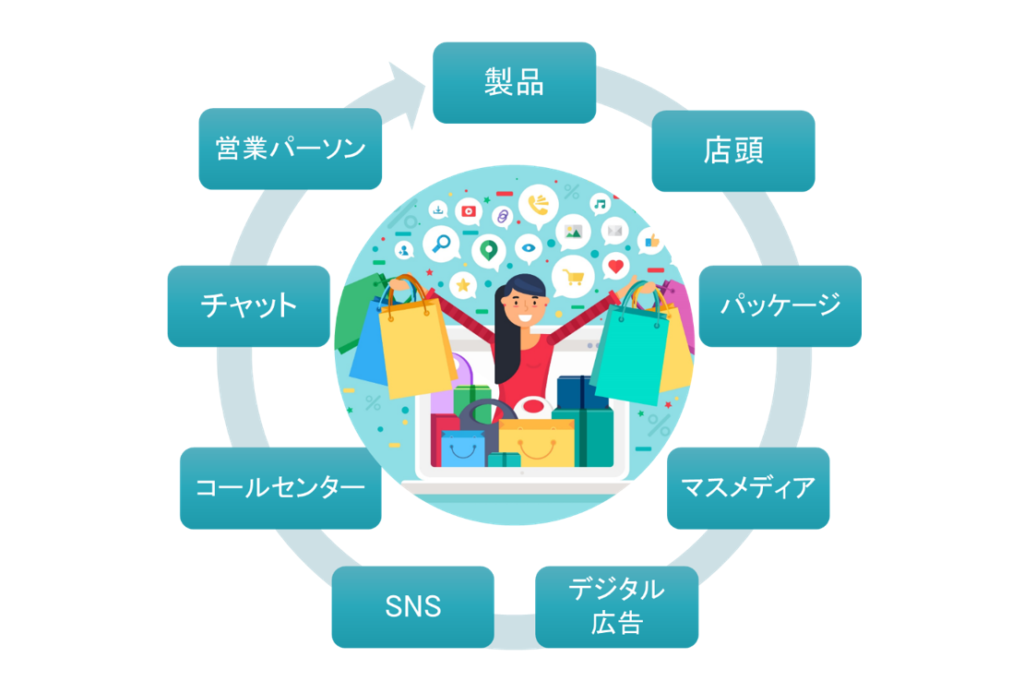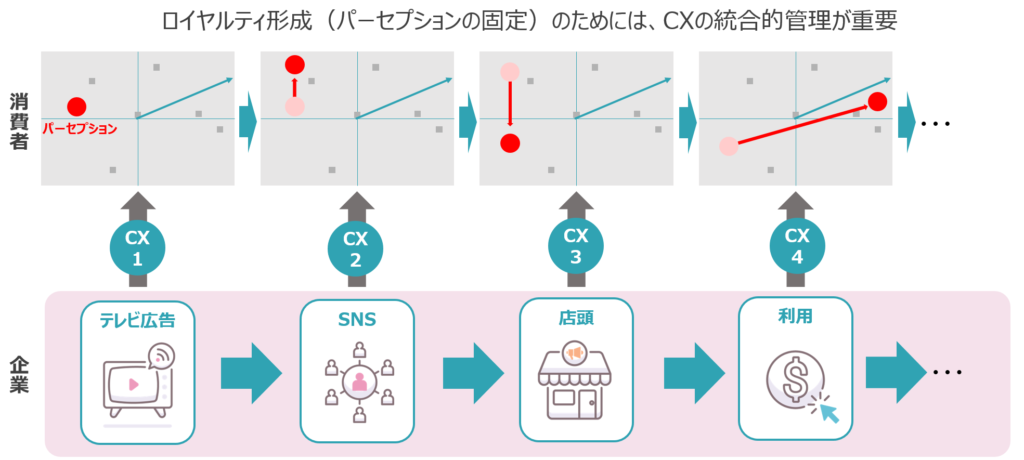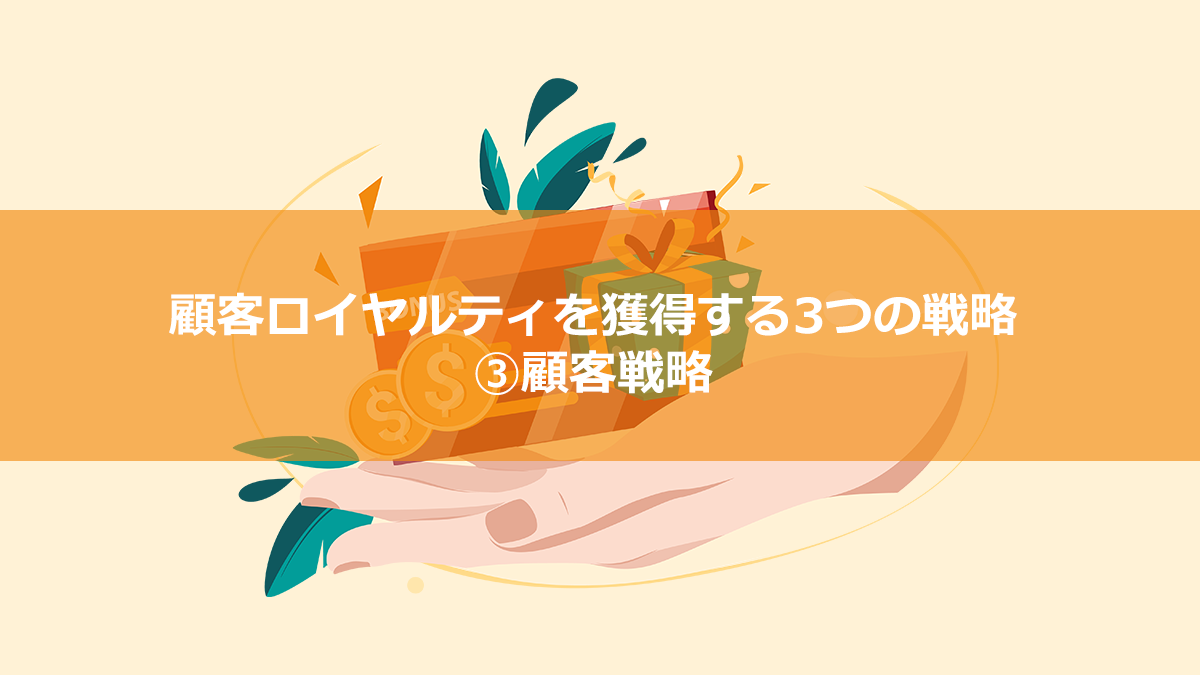As you are all aware, the marketing environment is changing at a dizzying pace. It has long been said that we are in an era of VUCA, where the future is difficult to predict, and the Corona disaster has made it even more difficult to foresee how sustainable growth can be achieved. In this series, we would like to explain how companies should respond to this situation, which has never been experienced by mankind before, from three perspectives.
The final issue is “Customer Strategy”.
Customer Strategy in the DX Era
With the current economic stagnation due to the global Corona pandemic and long-term population decline, the challenge of customer strategy can be summed up in one word: driving loyalty marketing.
In the past, the most important aspect of marketing was to increase customer satisfaction and lead to repeat business. Of course, this leads directly to short-term sales and is still important for business management. However, to support long-term business profits, true customer loyalty is even more important than customer satisfaction. In Kotler’s Marketing 4.0, this means increasing the number of advocates.
Brands that are supported by loyal customers do not become commodities and can therefore be sold without resorting to cut-price sales. Therefore, the company will be able to maintain a certain level of profit. In addition, high loyalty tends to last for a long time, increasing the value of the end customer (LTV; Lifetime Value). Thus, the concept of loyalty marketing makes it possible to increase sales and profits without increasing the number of customers.
So how do we increase true loyalty? When considering loyalty, it is important to make a clear distinction between “pretended loyalty” and “true loyalty. “True loyalty” refers to the feeling that you truly like a brand and recommend it to others or spread it on social networking sites. Even if you use the same brand for a long time, it is not true loyalty if you use the brand because it is always on sale at a discount. In traditional marketing strategies, loyalty has often been measured by behavioral indicators, such as the rate of repeat purchases of the target product or the most purchased brand.
Loyalty in the future may require asking customers directly about their perceptions. In our “5A Loyalty Diagnosis”, Professor Kotler’s original 5A scale is available and we can put the question to your customers.
Changes in customer contact and management

The idea that company or brand loyalty is created solely through pre-purchase advertising and post-purchase product satisfaction is inadequate in the digital age. Today, loyalty is created across multiple customer touchpoints, or CXs, including advertising, SNS, websites, storefronts, word-of-mouth, and call centers. Product satisfaction is one of these CXs, but in some cases, our research has shown that this satisfaction is not the most important indicator. What does it mean to increase loyalty across these multiple customer touchpoints or CX?
When customers are stimulated by some CX, they form a perception in their minds. For example, if it is a food product, they will form an image of the product, such as that it looks delicious or that children will enjoy it. This is perception. And that perception changes as you experience various CX. If a product that looks good tastes surprisingly bad when you try it, it means that the customer’s perception has changed. When the perception, which changes with each CX, is fixed at a desirable point, “loyalty has been formed”.

Therefore, companies need to properly manage this plethora of CX. If the departments are siloed, like the Advertising Department for advertising, the Systems Department for the website, the Marketing Department for SNS, and the Sales Department for the storefront, the desired perception will not be achieved. We have heard that some leading companies have already established the role of CCXO (Chief CX Officer). At the very least, there needs to be an integrated strategy for CX and close collaboration between the departments responsible.
We are in an era of digitization and long-term population decline, where coronary disasters and wars are occurring simultaneously around the world. People’s behaviors and the way they receive and transmit information are changing dramatically. As we face these people as customers, it is only natural that we need a different strategy than in the past. For a company to continue to thrive, it is imperative to move from the old method of uniformly stimulating people through advertising to induce attitude change and encourage purchases, to a method of building true loyalty and securing long-term profits through CX.


